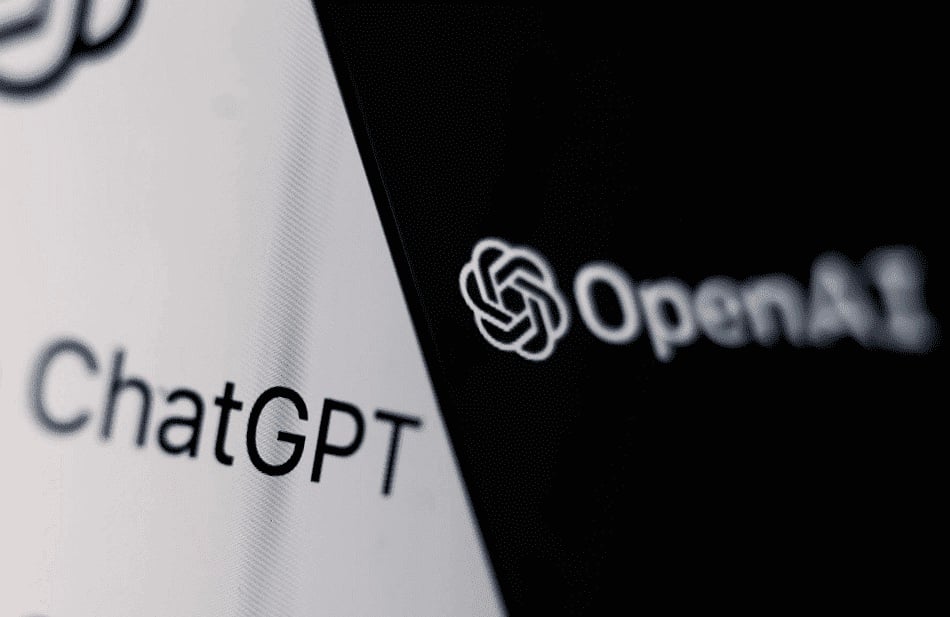
Technology has transformed the construction industry in numerous ways, and one of the biggest changes is seen in how companies procure their materials and services. From improved digital modeling software to robotic fabrication tools, technology has enabled construction companies to create innovative procurement frameworks that allow them to reduce costs and streamline processes.
In this blog post, we’ll explore the role of technology in modern construction procurement frameworks and discuss how it’s disrupting traditional practices. With new technologies come higher expectations from clients; understanding both current trends as well as future developments will help you stay ahead of the competition when bidding on jobs or procuring supplies for your projects.
Overview of the Construction Procurement Process
The construction procurement process is a complex set of steps that must be followed in order to successfully deliver a construction project. It involves the acquisition of goods and services from other companies and individuals, as well as the contracting of labour. A thorough overview of the process is essential for any developer or contractor looking to undertake a construction project.
From identifying the project needs and selecting appropriate suppliers to negotiating contracts and managing the construction itself, each step is crucial in delivering a successful project. It is important to understand the nuances of the procurement process, in order to avoid common pitfalls and ensure a successful project outcome. With careful planning and execution, the procurement process can be streamlined and efficient, resulting in a successful outcome for all parties involved.
Benefits of Utilising Modern Technology in Construction Procurement
In the world of construction procurement, modern technology has revolutionised the way projects are planned, executed, and monitored. One major benefit of utilising modern technology is the improved accuracy and efficiency that it brings to the table. With virtual reality and 3D modeling, architects and engineers can create highly detailed models of buildings, roads, and other structures, allowing for thorough planning and easy identification of potential problems. Another benefit is the streamlined communication between team members and stakeholders.
Cloud-based software and collaboration tools make it easy for everyone involved in the project to access and share important information in real-time, reducing the risk of errors or miscommunications. Furthermore, technology-enabled procurement methods can help construction companies cut costs, reduce waste, and minimise delays, delivering high-quality projects on time and within budget. All these benefits make it clear that embracing modern technology is essential for any construction project that aims to succeed in today’s digital era.
Examples of Types of Technology Suitable for Construction Procurement Frameworks
Construction procurement frameworks require the use of different types of technology to efficiently manage projects. One example of such technology is Building Information Modelling (BIM) software, which enables collaboration and data sharing among different stakeholders in the project. Another suitable technology is Electronic Document Management Systems (EDMS), which promotes paperless transactions and improves document control and accessibility.
Additionally, Geographic Information Systems (GIS) and drones can be used for site inspections and monitoring progress. Combining these types of technology can revolutionise the way projects are delivered, resulting in cost savings and increased productivity. As such, it is essential to consider these technologies in construction procurement frameworks.
Challenges to Overcome when Implementing Technology-Based Frameworks
Implementing technology-based frameworks is an exciting prospect as it offers numerous benefits to organisations. However, it also comes with its own set of challenges that must be overcome if it is to be successful. The first challenge is the resistance to change among employees who have been accustomed to traditional methods. This can lead to a lack of motivation and productivity, causing frustration among the entire team.
Another obstacle is the difficulty in finding the right framework that meets the unique needs of the organisation. The process can be overwhelming and require a substantial amount of time and resources. Regardless of the challenges, it is critical to embrace technology and its potential and to have a solid plan in place to ensure a smooth transition process. With the right approach, the benefits of implementing technology-based frameworks will be evident and lead to long-term growth and success.
Tips on How to Integrate Technology Efficiently into Your Construction Procurement
In a world that is constantly evolving, integrating technology into your construction procurement plan is a necessary step to keep up with the market. Utilising the right technology can not only streamline your procurement process but also ensure that you are maintaining competitiveness with other companies. One way to implement technology is by automating your procurement process to eliminate any manual errors and efficiently manage your inventory.
Another effective method is to incorporate a mobile app that allows you to monitor your procurement activities on the go. No matter which approaches you to choose, the key is to ensure that you are maximising the potential of technology to enhance your procurement operations.
Summarising the Benefits and Drawbacks of Incorporating Technology into Your Framework
Incorporating technology into your framework can come with many benefits, but it’s important not to overlook the drawbacks. On one hand, technology can increase efficiency, streamline processes, and improve communication. It can also provide access to a wealth of information and resources that may not be readily available otherwise.
However, relying too heavily on technology can lead to less face-to-face interaction and a lack of human connection. Additionally, issues with technology such as glitches or malfunctions can cause delays and frustration. Consider carefully the benefits and drawbacks before implementing technology into your framework.
Overall, the use of modern technology in construction procurement requires careful planning and foresight, as well as consideration of its potential drawbacks. With an efficient implementation process, organisations can enjoy the many advantages of integrating technology into their frameworks by streamlining processes, improving accuracy and efficiency, minimising bureaucracy, leveraging digital data tracking capabilities, and providing more accessible information.
Implementation does come at a cost so it is essential to properly research and evaluate which types of technologies are best suited for your organisation’s specific needs. Although there may be challenges associated with using modern technology in construction procurement, the overall benefits usually outweigh any difficulties they initially present. With the right approach and resource allocation plan, any organisation can prepare for an effective transition to a technologically advanced framework.
Interesting Related Article: “Discover the Power of Indirect Procurement“





